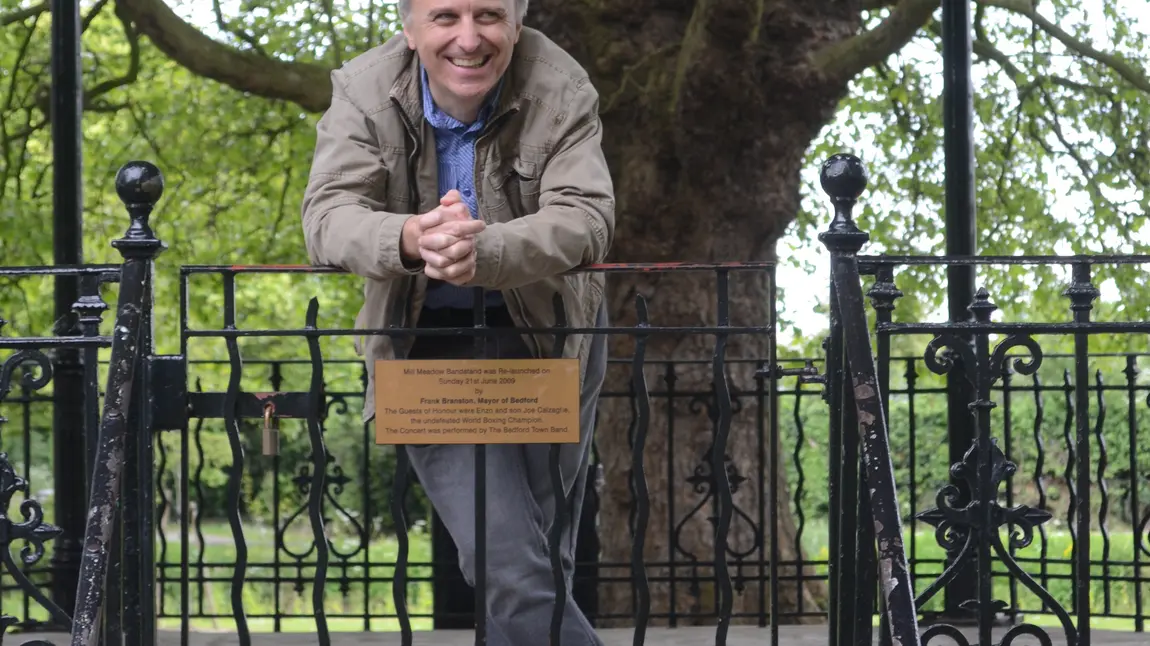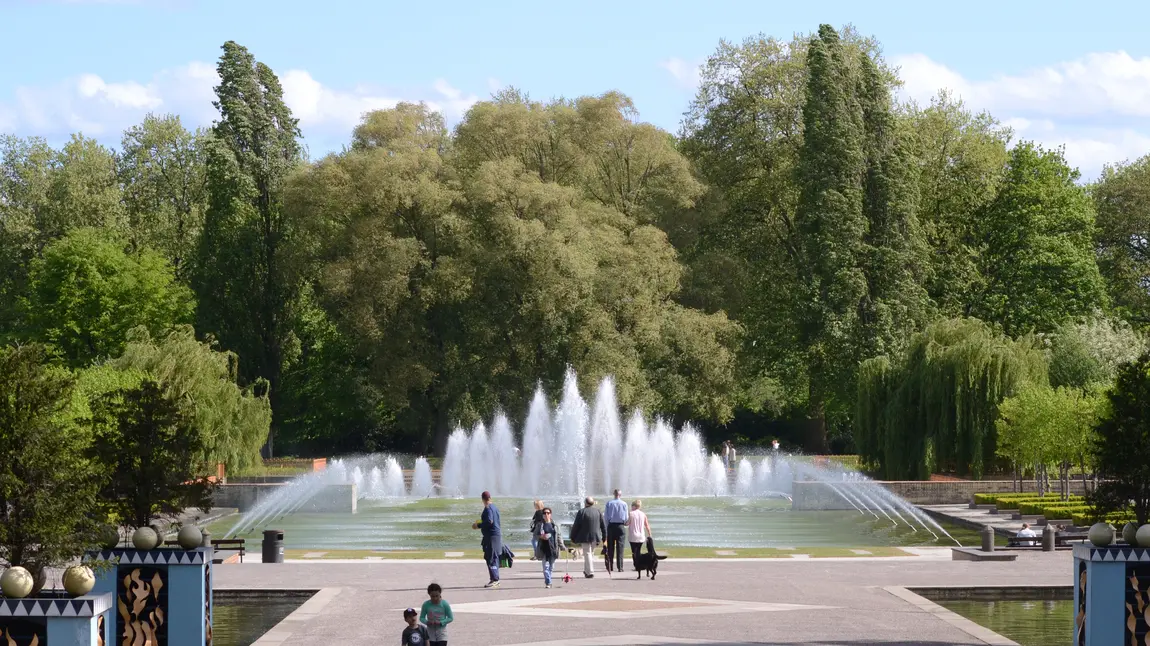The story of people's parks

In 1996, HLF’s Urban Parks programme came into being. It followed years of research and evidence gathering by parks people and what they discovered mirrored what the Victorian reformers of the early part of the 19th century had also discovered, that parks were pretty good for us. Who would have thought it!
Whether in reality parks did dramatically improve health in Victorian times or whether it was a combination of better housing, sanitation, diet, shorter working weeks as well as the provision of parks and open spaces – who knows but the fact is parks are good for us.
It was the Industrial Revolution which was the turning point. By the middle of the 18th century, the population of the country was only 6 million and only 1 in 5 lived in a town of any size. By 1851, the population had grown to 18 million with a 50:50 split between town and country. As a result, there were significant concerns for the masses and their moral well-being.
In 1833 the Select Committee on Public Walks reported to Parliament, highlighting the benefits parks could bring, “the provision of parks would lead to a better use of Sundays and the replacement of the debasing pleasures”. Largely useless, it took many years before significant legislation came into being allowing the provision of public parks. In fact, London was the only city with parks – the Royal Parks. But most of these were still inaccessible, Hyde Park being the exception with some access.
It was eventually the 1875 Public Health Act which empowered Local Authorities to raise central government loans for the purpose of acquiring or improving land for recreation. Many parks were now being laid out; from the Royal Victoria Park, Bath (1830); Derby Arboretum, Derby (1840); Victoria Park, London (1843) and Battersea Park, London (1858).
But there were still significant social divisions. In 1856, Sunday band concerts in London Parks under pressure from the bishops were ceased: “recreation on the Sabbath was thoroughly unacceptable; it was widely regarded as one of the worst types of desecration”. Rational amusement became a Victorian cliché, an expression of approval only for those pleasures which were patently moral and improving in intent. However, the need for parks continued and gained momentum.
Victoria Park, Tower Hamlets was one of the earliest. In 1839 the Annual Report of the Registrar General of Births, Deaths and Marriages stated "....a Park in the East End of London would probably diminish the annual deaths by several thousands.... and add several years to the lives of the entire population". By 1840, a petition to Queen Victoria had been signed by 30,000 local residents, urging the formation "within the Tower Hamlets, of a Royal Park”. An Act of Parliament in 1841 made it the first to be planned in the country, and indeed the first in the world, specifically intended to meet the needs of the surrounding communities.
James Pennethorne, architect to the Commissioners of Woods and Forests, prepared an initial design that included a grand entrance, a perimeter drive with elegant housing and a parkland landscape of trees and grass. It was opened in 1843. Many other parks followed inspired by designers such as Paxton, Milner, Kemp and Gibson and those donated by entrepreneurs, aristocrats and local dignitaries.
Parks mania continued with most parks constructed between 1885 and 1914. The move to rational recreation was none more apparent than with the introduction of the bandstand, the most iconic of parks structures – no park was considered complete without one. When 11 brass bands gathered on the upper terrace of Corporation Park, Blackburn, Lancashire, in 1861, more than 50,000 people gathered to listen.
So rational amusement became a Victorian cliché and in the 20th and now 21st century we have “parks for people”. A modern cliché or is rational amusement still relevant? They both are. Amusement and recreation may have changed in habit and style but the essence remains the same. Ask what people want from their local park today and most surveys still say peace and quiet, greenery, a place to relax, walk the dog, play, and see wildlife. Parks were designed for people with recreation in mind – a place to recreate.
And since the advent of the Parks for People programme funded by HLF and BIG with nearly £800million invested, millions have benefitted and continue to do so. The Government parks select committees have come and gone as have many quangos but the parks remain and continue to be renewed and revitalised under Parks for People.
My final word I think sums this up nicely. On leaving Carlisle City Council in 1999 as a parks development officer and landscape architect, after completing one of the earliest HLF funded park restorations at Hammonds Pond, I was asked by BBC Radio Cumbria, "what makes a great park?" My reply? "People make a great park!! Parks are for people".
Find out more about the money available to revitalise your local park.
In his online community post, Shaun Kiddell, HLF's Parks Policy Advisor, talks about his experiences in ensuring that HLF-supported parks are maintained as specified in the award.


